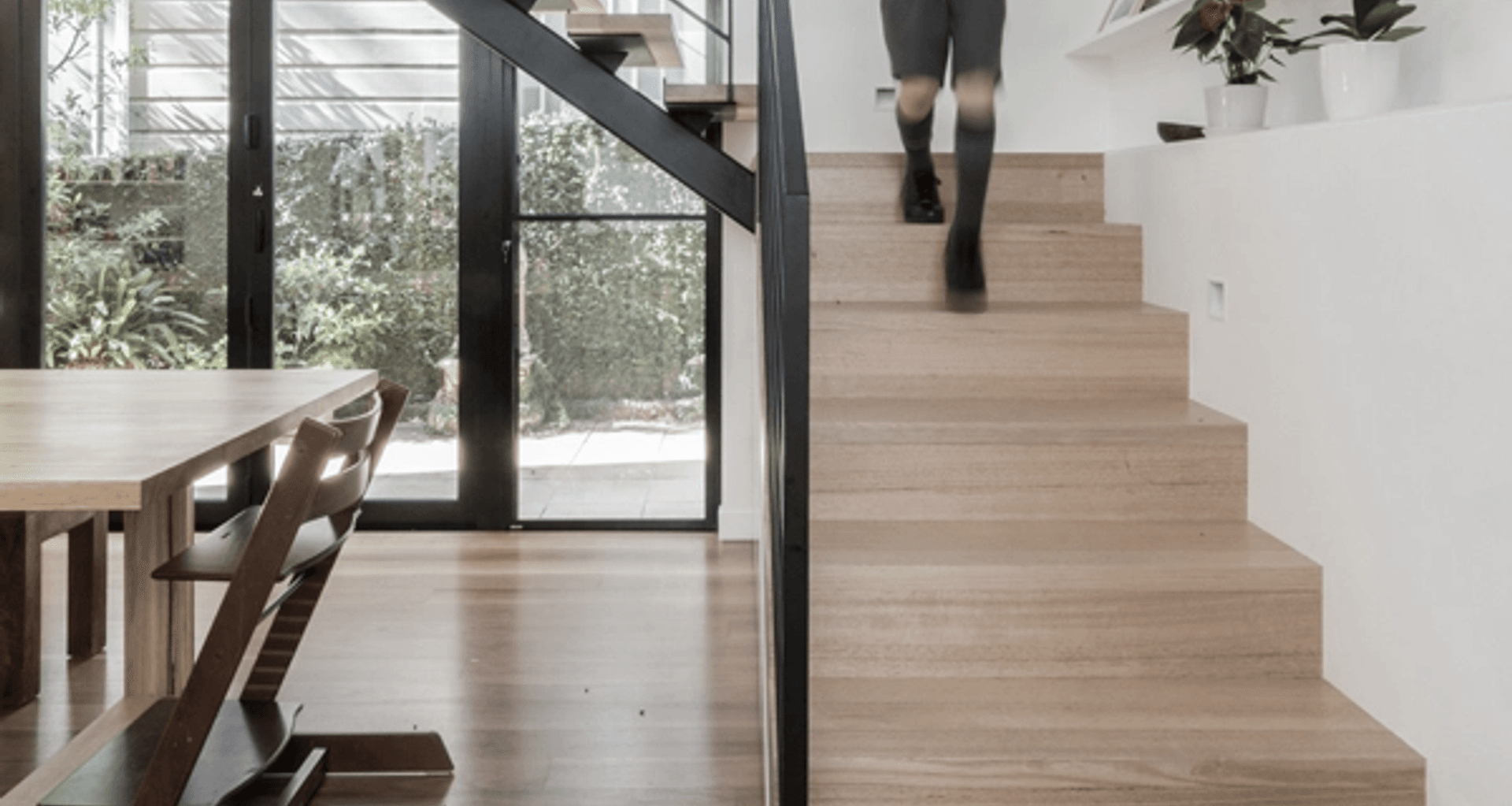VOCS: WHAT ARE THEY AND WHY ARE THEY IMPORTANT?

Some of these odours that you smell are caused by harmful chemicals, many of which may not necessarily disappear completely over time. These chemicals come from materials and finishes containing Volatile Organic Compounds or VOCs and may have both short term and lasting effects on your health and well-being. Essentially, they are a group of chemical compounds which continue to become vapours or gases over time, not just at the product’s installation or application. You might have heard of this process, better known as off-gassing.
WHERE ARE THEY FOUND?
VOCs are released by a wide range of products used both every day as well as in the construction industry. For example, chemicals like benzene and formaldehyde are commonly found in paints and glues. Continue reading for a broader list of construction materials to consider.
WHAT VOCS IMPACT AND POTENTIAL HUMAN HEALTH IMPACTS
VOCs can have both short term and lasting effects on our health and well-being, particularly when you consider the prevalence of VOCs within our most frequently occupied environments including our homes, workplaces and cars. These generally enclosed environments- increasingly furnished with synthetic products and materials, volatile glues, waxes, lacquers and paints- and our propensity to spend the majority of our time within them has, in turn, increased our exposure to these chemicals. VOC emission in such environments is suspected to be one of the major causes for Sick-Building Syndrome which causes a range of symptoms that are easily mistaken as a cold or the flu. Headaches, dizziness, eye irritations, a sore throat, increased or new allergies and fatigue are common symptoms. Even certain cancers, hormonal imbalances and infertility have been attributed to VOC emissions, typically when a person is exposed to sufficient levels over a period of time.
As you can see, these can have a seriously detrimental effect on our health. So it is important to consider the chemical composition of the materials, finishes, textiles and products beings used within a building to ensure not only a comfortable home but a healthy and sustainable home.
DURABILITY
Sometimes, selecting products with low to zero VOC means a trade-off in terms of durability. For products such as finishes, it generally means more frequent recoating or refinishing of the surfaces. This is, however, a rapidly changing realm as research findings and market demand have spurred more and more companies to invest in developing low or zero VOC products that are just as durable as their VOC containing counterparts.
PRODUCT SELECTION
So what should you look for when selecting products to use? As many manufacturers do not, or are not required to declare the VOC levels within their products, it can be a difficult task to ascertain the VOC content, and ultimately, your exposure to the off-gassing and particulate generated as a result of their use. Not to mention that there is a wide range of different regulatory standards which all use different levels for their ratings, usually unique to each type of product.
AS A GENERAL GUIDE:
- Very High: > 250g/L
- High: 100-249g/L
- Moderate: 50-99g/L
- Low: 5-49g/L
- Very low: 5g/L
- Zero VOC: 0
HOW DO WE DESIGN FOR A HEALTHY HOME?
Well, as discussed previously, we consider and look into the options for every product- for example; flooring, insulation, paints, sealers, waterproofing and wood types used in joinery- to ensure that the product selected is the ‘healthiest’ available within our clients’ budgets. We perform extensive research into each product’s VOC content, life cycle analysis and monetary cost while keeping in mind our client’s willingness to perform maintenance.
As most homes designed and constructed today are for many reasons unable to be completely VOC free, incorporating passive design alongside low and zero VOC products and materials ensures that the impacts of off-gassing may be substantially minimized. Ensuring that our designs include access to adequate natural ventilation, are well insulated and incorporate solar passive and thermal principles to reduce our clients’ dependence on air conditioners and heaters all help to reduce the presence of VOCs indoors. Indoor-outdoor spaces and the integration of planting within the building are also strategies that we employ to encourage the improvement of the indoor air quality, where VOC levels may be between 5-10 times higher than that of the building’s external environment.
